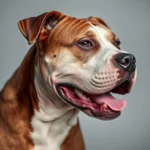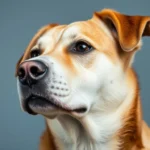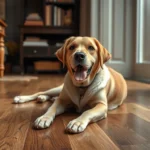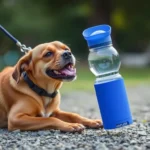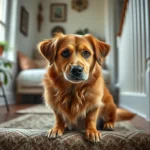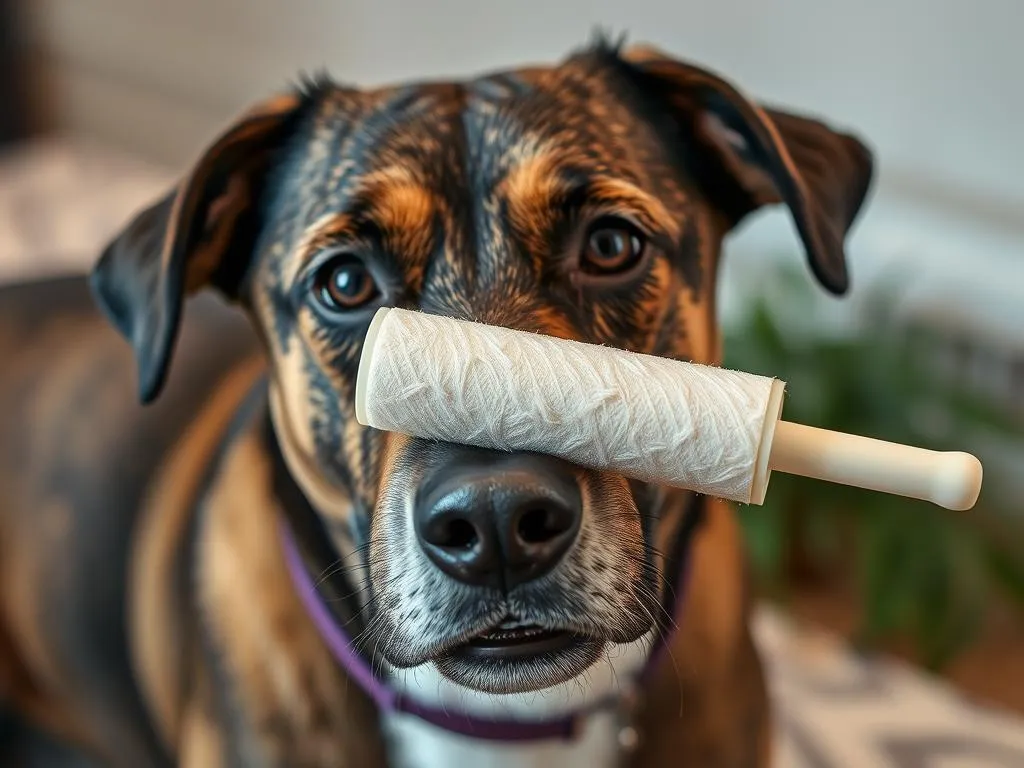
Grooming is an essential part of keeping our furry friends healthy and comfortable. From maintaining a clean coat to ensuring good skin health, dog grooming plays a significant role in a pet’s overall well-being. One of the common questions that arise among pet owners is, can I use a lint roller on my dog? This question resonates especially with those who are always on the lookout for efficient grooming tools and methods.
Understanding Lint Rollers
What is a Lint Roller?
A lint roller is a simple yet effective tool often used in households to remove lint, pet hair, and other debris from clothing and furniture. Typically, it consists of a handle attached to a roll of sticky paper that can be peeled away as it becomes covered in debris. Most lint rollers are made from lightweight plastic, making them easy to use and store.
How Lint Rollers Work
The adhesive mechanism of a lint roller allows it to pick up unwanted hair and lint effortlessly. As you roll the sticky surface over a fabric, the adhesive catches and lifts away loose fibers, making it a popular choice for quick clean-ups. While primarily designed for clothing and upholstery, many pet owners have found success using lint rollers on their pets as well.
Common Uses
Lint rollers are commonly employed to keep clothing and furniture free from pet hair, lint, and dust. The ease of use and portability make them a favorite among pet owners. Many find them particularly effective on short-haired pets, as the sticky sheets can quickly gather fur without much fuss.
Can You Use a Lint Roller on Your Dog?
Safety Considerations
Before considering the use of a lint roller on your dog, it’s crucial to assess the potential risks involved. Dogs can have sensitive skin, and the adhesive on lint rollers may cause irritation or even allergic reactions in some cases. Additionally, there is a risk of your dog ingesting small pieces of the adhesive if it becomes detached during grooming.
To minimize risks, it’s advisable to test the lint roller on a small area of your dog’s fur first. If your dog shows signs of discomfort or irritation, it’s best to discontinue use immediately.
Effectiveness of Lint Rollers on Dog Fur
The effectiveness of lint rollers can vary depending on your dog’s coat type. For short-haired breeds, lint rollers can be quite effective in picking up loose hair. However, on long-haired or wiry-coated dogs, a lint roller may struggle to reach the deeper layers of fur or undercoat. While it can be a quick fix for surface-level grooming, traditional grooming tools like brushes and combs are often more effective for thorough grooming.
Pros and Cons of Using Lint Rollers
Pros:
- Quick and Easy: Lint rollers are incredibly convenient for a quick clean-up of loose fur, perfect for last-minute grooming before guests arrive or when you’re on the go.
- Portable: Their compact size makes them easy to carry around, allowing pet owners to groom their dogs anytime, anywhere.
Cons:
- Limited Effectiveness: Lint rollers may not effectively remove undercoat hair or matting, which can be an issue for certain breeds.
- Skin Irritation: The adhesive can potentially irritate your dog’s skin, especially if they have sensitive skin or allergies.
Alternatives to Lint Rollers for Dog Grooming
Traditional Grooming Tools
For pet owners seeking alternative grooming methods, traditional grooming tools such as brushes and combs are often more effective. Here’s a brief overview:
- Slicker Brushes: Ideal for long-haired breeds, slicker brushes can penetrate deep into your dog’s coat to remove tangles and loose fur.
- Bristle Brushes: These work well for short-haired breeds and help distribute natural oils in your dog’s coat, promoting a healthy shine.
- Grooming Mitts: These are great for a gentle grooming session, allowing you to bond with your pet while effectively removing loose hair.
Specialized Pet Hair Removal Tools
For those looking for more specialized options, consider using tools designed specifically for pet grooming. Deshedding tools, for example, can effectively remove loose undercoat hair, which is often missed by lint rollers. Additionally, vacuum attachments designed for pet hair can help keep your home fur-free without putting your dog through the potential discomfort of adhesive rollers.
Natural Grooming Methods
Natural grooming methods can also serve as effective alternatives to lint rollers. Using a damp cloth or rubber gloves can help pick up loose hair while providing a gentle touch. Regular baths with dog-safe shampoos can also minimize shedding and keep your pet’s coat healthy. Additionally, maintaining a clean living environment by regularly vacuuming and using lint rollers on furniture can help you manage fur buildup.
Best Practices for Dog Grooming
Regular Grooming Schedule
Establishing a regular grooming schedule is vital for maintaining your dog’s coat and skin health. The frequency of grooming will depend on your dog’s breed and coat type. Long-haired breeds may require grooming several times a week, while short-haired breeds may need less frequent grooming.
Using Appropriate Products
When grooming your dog, it’s essential to use appropriate products tailored for pets. Look for dog shampoos and conditioners that are free from harmful chemicals and are specifically formulated for your dog’s coat type. Grooming sprays can also be beneficial for detangling and adding shine to your dog’s fur.
Monitoring Your Dog’s Skin Health
While grooming is an excellent opportunity to bond with your pet, it’s also a time to check for any signs of skin issues. Look for redness, irritation, or unusual bumps during grooming sessions. If you notice any concerning signs, consult your veterinarian for advice and potential treatment options.
Conclusion
In summary, while it may be tempting to use a lint roller for quick grooming, understanding the potential risks and limitations is crucial. Can I use a lint roller on my dog? The answer is yes, but with caution. Lint rollers can be useful for short-haired breeds and for quick clean-ups, but they should not replace traditional grooming methods and tools that effectively address deeper grooming needs.
Regular grooming, using appropriate products, and monitoring your dog’s skin health are all essential components of a successful grooming routine. Exploring various grooming tools will help you find the best solutions for your dog’s unique coat and skin requirements, ensuring they remain healthy and happy.
FAQs
Can I use a lint roller on all dog breeds?
While you can technically use a lint roller on any dog breed, its effectiveness varies. Short-haired breeds may respond well, while long-haired breeds may not benefit much from it.
What should I do if my dog is uncomfortable with a lint roller?
If your dog seems uncomfortable with the lint roller, stop using it immediately. Consider using gentler grooming alternatives like brushes or grooming mitts.
Are there any other household items I can use for grooming my dog?
Yes, you can use rubber gloves or damp cloths to gently rub off loose hair. These methods can be effective and less irritating for your dog.
By understanding the right grooming tools and techniques, you can ensure a positive grooming experience for both you and your dog, leading to a happier, healthier furry companion.

